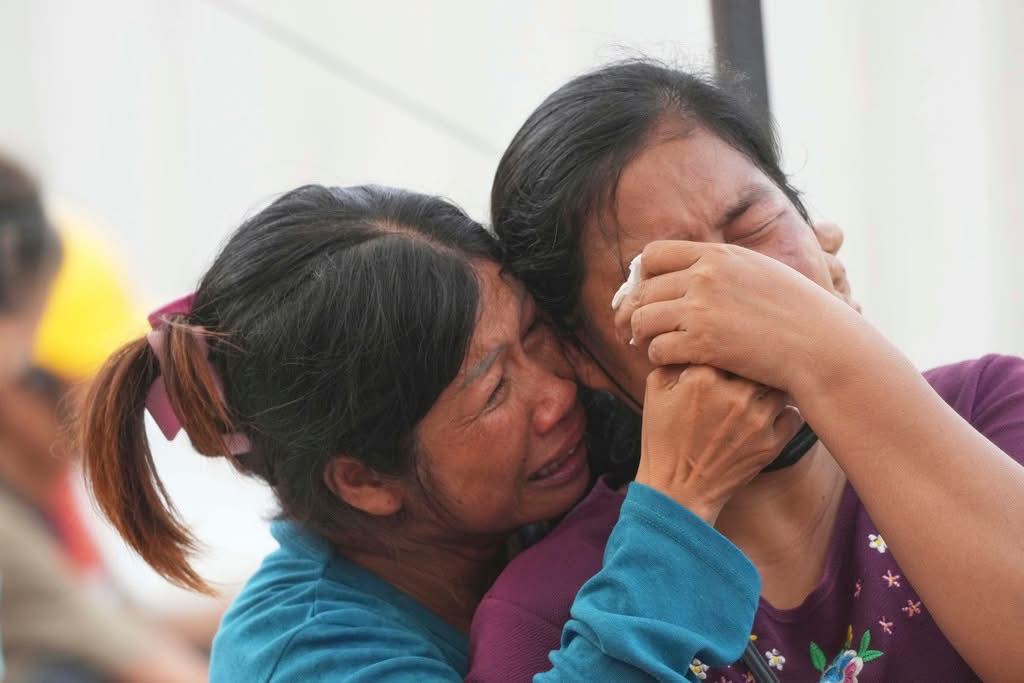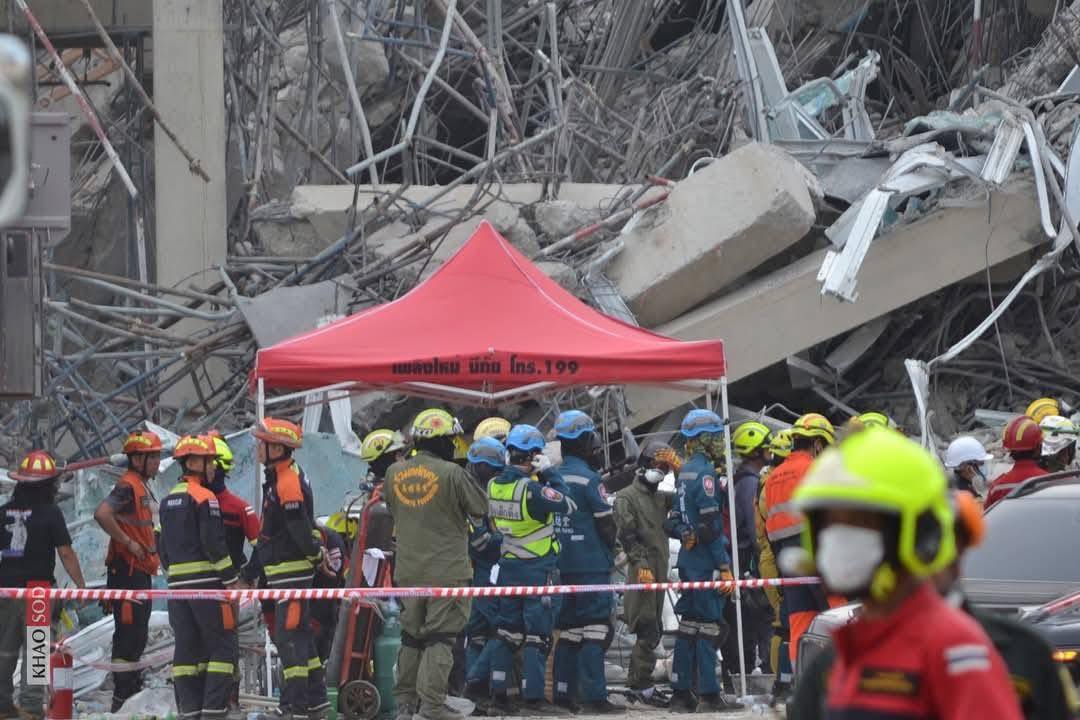The March 28 earthquake shook Myanmar and Thailand, leaving behind a devastating trail of devastation. Cambodia was fortunate to only feel a slight tremor. This earthquake, although it did not affect Cambodia, is also a message to promote caution and warn that this natural disaster could threaten Cambodia in the future, requiring long-term measures to prevent and combat such earthquakes.

In Cambodia, people in some high-rise buildings ran down when they felt the tremors as a magnitude 7.7 earthquake shook Myanmar and Thailand.
Apart from the sense of fear, Cambodia has not been in major danger, but on the contrary, Myanmar citizens, as of Sunday morning, media reported that 1,600 bodies have been found, and 10,000 are still missing, suspected of being drowned.

Separately In Bangkok, images of the tremors were shared on social media and hundreds of buildings are believed to have been damaged, with at least 10 people found dead and more than 100 people believed to be trapped under the rubble of a collapsed building.
Experts said the 7.7-magnitude quake struck at a depth of 10km in the Myanmar city of Mandalay. The epicenter of the earthquake that reached Bangkok was more than 1,000 kilometers away, far beyond the level of tremors that could shake Bangkok, but things had already happened on the afternoon of March 28, 2025.

The current state of the earthquake threat is a stark reminder of the vulnerability that countries in Southeast Asia, especially mainland Southeast Asia, which includes Cambodia, Thailand, Laos, Myanmar, and Vietnam, face to seismic activity. For Cambodia, a country that has never experienced the threat of earthquakes, the disaster is a wake-up call and an opportunity to reassess the country’s preparedness for such natural disasters.
The unpredictability of earthquakes is what makes Cambodia particularly vulnerable. Unlike floods, which can often be predicted through weather forecasts, or storms, which can be tracked in real time, earthquakes can strike without warning. The sense of unpredictability is something Cambodia needs to rethink. The recent earthquakes remind us that no country is completely safe from the effects of earthquakes.

In summary Cambodia has taken steps towards disaster preparedness, but earthquakes are not on its action plan, so the March 28 disaster should serve as a catalyst to strengthen these efforts.
The government should prioritize building resilient infrastructure, especially in urban areas like Phnom Penh, which have high population densities. Buildings need to be built with earthquake-resistant measures, and public awareness campaigns need to be expanded to educate citizens on how to respond in the event of an earthquake. In addition to infrastructure, it is also important to strengthen disaster response systems.

